|
By Al Players: 1-4 (Local) 1-8 (Online) Platforms: Nintendo Switch, PC If you've ever wanted to play an asymmetrical survival game like Dead by Daylight or Friday the 13th: The Game, but also want the tongue-in-cheek humor of Luigi's Mansion, then OBAKEIDORO! is the game for you! Developed and published by FREE STYLE Inc., this game released on the Switch and PC way back in 2019. We're a little late to the party, but we're going to be taking a look at the Switch version today. It's not often that we review a game like this, so let's not waste any more time with introductions. Let's dive right in! OBAKEIDORO! has does have a story (sort of), but it really doesn't matter in the grand scheme of things. I'm going to just skip the brief bits of plot that open up the game, as they pretty much only exist to ease new players into the tutorials. All standard games in OBAKEIDORO! take place between three humans and a monster, these characters can be controlled by any combination of IRL players, or by the CPU. Each match sees the monsters try to capture all the humans and place them in a cage in the center of the stage/arena, and the humans try to outlast the monsters that are chasing them. As I stated before, this sort of plays like an anime-friendly version of Dead by Daylight, but as time went on I couldn't help but feel it more resembles a glorified game of tag. While that's not exactly a negative, I have to say that it doesn't lean too heavy into its horror aspects, and seemingly doesn't offer all that much depth. There's a lot more to the game that just a simple game of tag though, so let's move on to discussing gameplay. Talking OBAKEIDORO!'s gameplay is rather simple as each character only has a small pool of actions to draw from. Monsters and humans can all run and jump, and they all also have at least one special move that helps them in their goals. For monsters it's usually the simple act of grabbing the humans, with some monsters having more range than others, and some even have special abilities tied to how they grab. Humans are all armed with a lantern that they can use to stun monsters for a brief so they can run away, but these attacks are limited and have a cooldown after each use. There are several monsters and characters to play as, and each have their own abilities. Well, at least the monsters all do, the humans often are just different from each other in terms of visuals. While humans don't have many differences between them, their lanterns do. Each lantern comes with stats that dictate how useful they are, and maybe even added abilities or skills. Taking all this together, you can pretty much get an image of how a standard game of OBAKEIDORO! plays. The monster(s) will attempt to grab all the humans, and the humans will run and dodge in the hopes of staying free. Humans placed in the cage aren't able to do much outside of communicate via stock phrases or emote, but non-captured humans can actually rescue their captured allies if they're willing to risk their own safety. Rescuing allies is done by hitting two switches on the cage, and similar to lantern cooldown, there'll be a set amount of time where you won't be able to unlock the cage again even if you or your friends get recaptured. Oh, and rescuing humans from the cage also recharges all lantern attacks. Winning a match is determined by which goal is met; monsters win by capturing all humans, and humans win by running out the clock, which is set to three minutes by default. Points are awarded to all participants after a match has ended, even to those who lost, and you said points can be used to unlock more gameplay options. All that I've said so far may sound pretty basic, and it really is, but there's a lot of small details that can make each match unique. Players are given stamp cards per type and event that unlock character upgrades, skills, and more as you complete certain in-game tasks. This means that you start out slow, unskilled, and limited to only the most basic of humans and monsters. You'll eventually find yourself powered up slightly, and have the ability to try out other characters and items that better suit your play style. This is a rather neat mechanic as it does a good job gradually revealing more gameplay elements to the player over the course of what essentially becomes a long-form tutorial. After the initial learning period, the gameplay changes up greatly depending on the character, monster, or lantern players are using. Monsters probably vary the most, as some can be slow, jump higher, pass through walls, and have greater or lesser reach with their grabbing or skills. Characters sometime have additional skills like moving faster after rescuing their allies, or having a dash or dodge, but they tend to vary the least. This is also reflected by the fact that most additional characters are unlocked via events or DLC. Lanterns are what are actually important to the human side of things as not only do they have skills like the ones already mentioned, but they also have stats that dictate their effectiveness. Some lanterns take longer to unleash their attack, but have better range, or vice versa. Finding the best lantern for you will take some trial and error, but thankfully there is no penalty for losing the odd match here and there. In short, all these additional gameplay elements help pad out what is rather simple game on paper, making it feel far more involved than you think such a simple concept could be. There's one other place where OBAKEIDORO! offers a lot of gameplay variety, and that's in its levels. I was a bit put off when I noticed that there are only five levels in the game, with three variants of each, but they all play so differently from each other that you'll rarely think of that low number as a limitation. Delzo Cemetery is the basic stage, and offers the most wide open area out of all the stages. Snagtongue Swamp has a system of mushrooms that can help or hinder humans, and basically operate like power-ups do in a platformer. Ghost Town has a lot of places for humans to hide, and is often covered in fog, but the big buildings mean that humans lose a lot of their maneuverability when hiding in a foggy corner. Jump Warehouse has all sorts of neat contraptions that humans and monsters can both use to get around the stage quickly, but it's also the stage I played the least with in my time with the game so far. Lastly, Whomp Library has hazards that can reveal the location of nearby humans, and even stun them if they're not constantly on the move. That's not even everything that each stage has to offer, and they all also have little changes and added touches in each of their variants. I do have to say that I would've appreciated the online mode more if players were able to choose where the next match is going to take place (The stages rotate in real time over the course of the day.), but you'll come to appreciate the variety each stage has to offer. It takes lots of matches for players to get good, but doing that might be easier said than done due to the online-heavy nature of the game. Players can play OBAKEIDORO! by themselves, or via local multiplayer, but you're going to have to go online to get the most out of the experience. Besides the fact that there are several things you can only do and unlock online, there is a surprisingly robust community for the game out there even today. I rarely had much trouble finding a match either as a human or a monster, and there's even a cool "Party Blitz" mode that you can only play online. This mode doubles the amount of players involved, meaning that six humans will find themselves facing off against two monsters. Things get chaotic fast in this mode, and totally new strategies have to be developed. I guess it's obvious why this mode isn't in the local modes (four player limits and all that), but I did find myself wishing I could practice a bit offline. As far as online stability goes, I did experience a few connection issues here and there, but they could've just been problems on my end. A couple hiccups aside, I had so much fun online that I had to break away from it long enough so that I could write this review. It's really that addicting. You'll also get to encounter players who've unlocked everything in-game, so seeing how certain monsters, humans, and lanterns actually play gives you something to work for. Then again some of those could come from DLC, but we'll get to that later. I guess you can still say that the gameplay loop is rather thin, but it's fun enough that it never felt boring, even after dozens of matches. This is probably due to the surprising amount of gameplay variety that comes from the character builds and stages themselves, but is also probably thanks to the fact that the stamps and points mean that you'll be unlocking more of the game as you go. I've talked a lot about gameplay, but I think I'll take a small break to cover graphics and music before we wrap up. While neither aspect of the game ever truly wowed me, they were more than perfect within the context of the game. OBAKEIDORO! isn't going to be pushing the hardware on either platform its on, but the visuals have a charm to them that made me forget that you're never really given much reason to be doing any of the monster vs. human stuff that you are. The graphics may look like something that you'd see back on the PS3, but that also means that everything runs pretty smooth and with practically no issues. On the flip side, music is generally spooky and fun, and you can even hear some classic Castlevania tracks if you pick up the free Castlevania DLC. I actually have to admit that I liked the music far more than the graphics, even though I can't recall any tracks off the top of my head. The soundtrack had cool, spooky vibes, and the sound effects and brief voice samples were as endearing as the character designs. I'm sure that there will be many people who won't want to play a game that has a slightly dated look like this one does, but there's really nothing much to dislike here. While individual gamers might have different mileage depending on how well they take to the core gameplay loop, OBAKEIDORO! is practically infinitely replayable. Its online nature means that its days on the Nintendo Switch are most likely numbered (Especially in light of the recent 3DS and Wii U online shutdowns.), but I still think that there's more than enough game here to keep one entertained until that inevitable day of shut down. The game currently costs a very reasonable $19.99, though I must say that I was a little put off by all the DLC that is currently available for it. It's not nearly as obscene as other games, but considering how thin the core game is, I couldn't help but think that the DLC should've been priced quite a bit lower. That's more of a personal nitpick though, and I still have to say that I enjoyed every minute I spent with the game. I actually plan to play it as soon as I'm done with this review, and part of me wonders if I should write a follow-up down the line about how the game holds up after a month or two of playing. I'm not sure if I'm going to do that, but I guess keep an eye out just in case I do. Even though I give OBAKEIDORO! the fullest of recommendations, there are some fairly obvious reasons why some might want to not pick this one up. If you're not a Nintendo Switch Online subscriber, then this probably isn't for you. There are solo and multiplayer elements to take part in, but this is a game that pretty much needs to be played online if you're trying to fully enjoy the game. If you ARE an NSO subscriber, and you're not put off by an online multiplayer title, then grab this one on either platform you can. If you do, maybe try to find me online, as I'll be jumping back and forth from monsters to humans for the foreseeable future! Check Out OBAKEIDORO! on Nintendo Switch: https://www.nintendo.com/us/store/products/obakeidoro-switch/ Story: N/A Gameplay: B Graphics: B Music/Sound: A Value: B Overall: B+ Pros: + A fun asymmetrical multiplayer game that feels like an anime-friendly version of Dead by Daylight. + The stamps and points systems mean that you'll get stronger, and have more options available to you, as you learn how to play the game. + There's a surprising amount of depth and variety in what could've been a very simple game. + Graphics and music are both well-done, with the visuals having a certain charm to them that's hard to put into words. + The (mostly Japanese) online community is thriving even though the game is close to five years old. + If you're not a fan of playing online, you can play OBAKEIDORO! in solo or local multiplayer. Cons: - Even though there are offline modes, playing online is all but required. - It can be a bit intimidating coming into the online space as a newcomer when everyone has clearly been playing for years. - Though charming, the graphics look they'd fit in perfectly on the PS3. - Some of the coolest characters and lanterns have insanely high costs to unlock them. - Though I have yet to find the game dull, the gameplay loop can be a bit thin when you think about it a bit too long. A copy of this game was provided to us free-of-charge by the publisher for the purpose of this review. This did not affect our review in any way. #obakeidoro
0 Comments
Leave a Reply. |
Search
Contributors◆ Angie
◆ Emily ◆ J.D. ◆ Janette ◆ JT ◆ Manuel ◆ Nestor ◆ Rose ◆ Sylvia ◆ Teepu ◆ Tiffany ◆ Winfield Archives
June 2025
|
© 2014-2025 A-to-J Connections. All Rights Reserved.

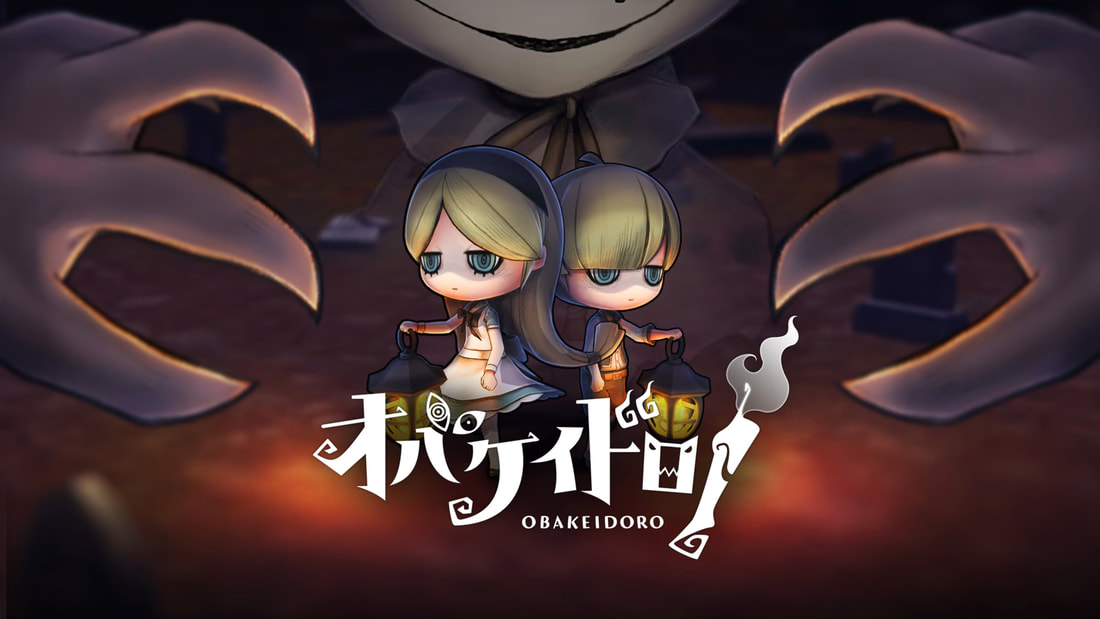
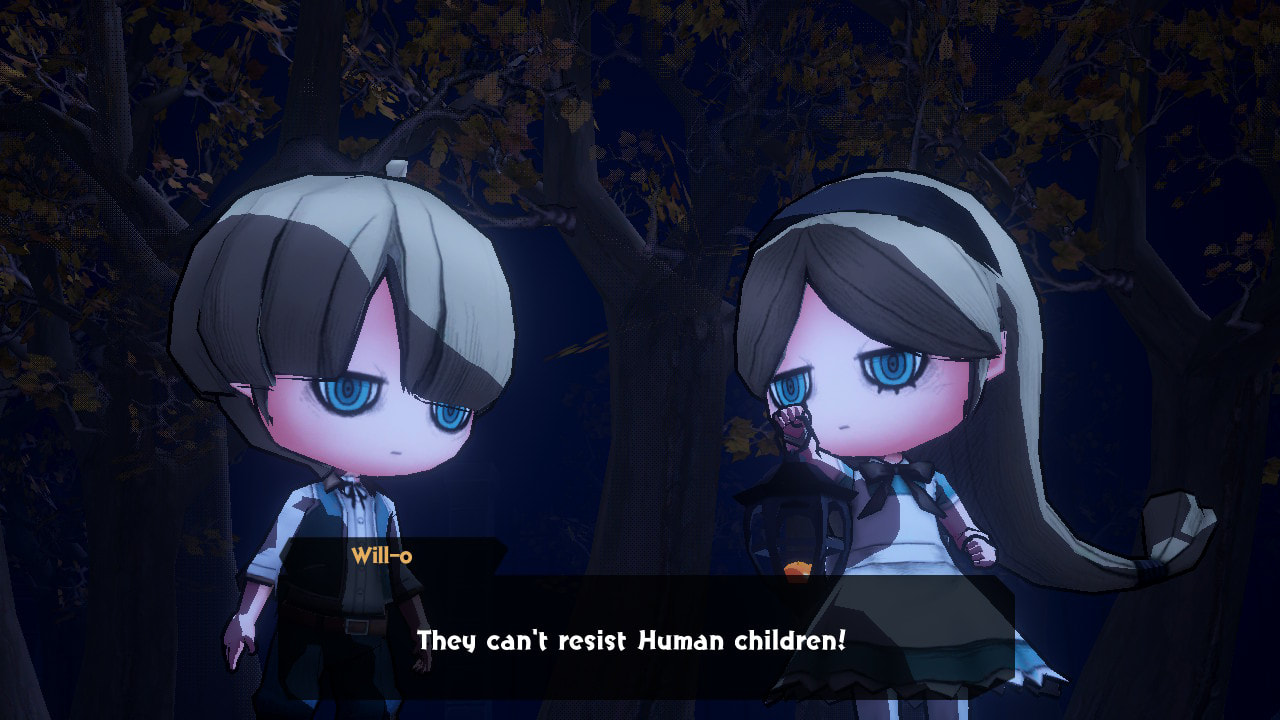

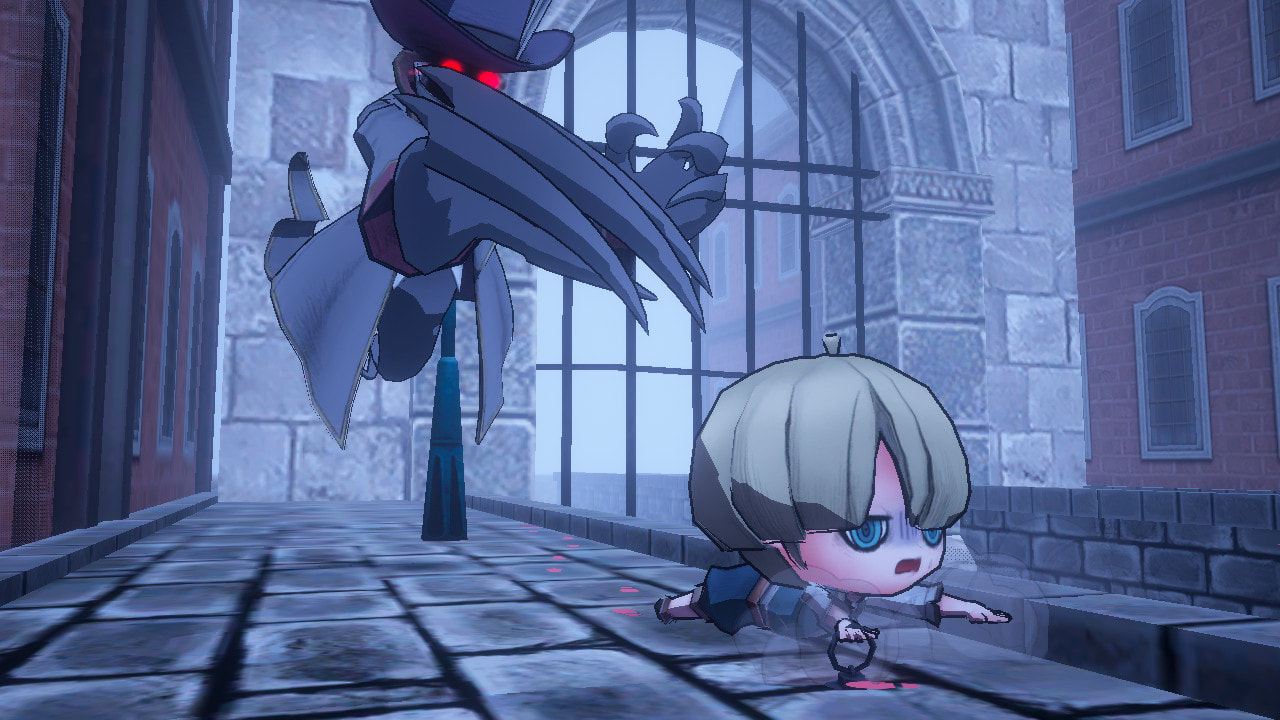

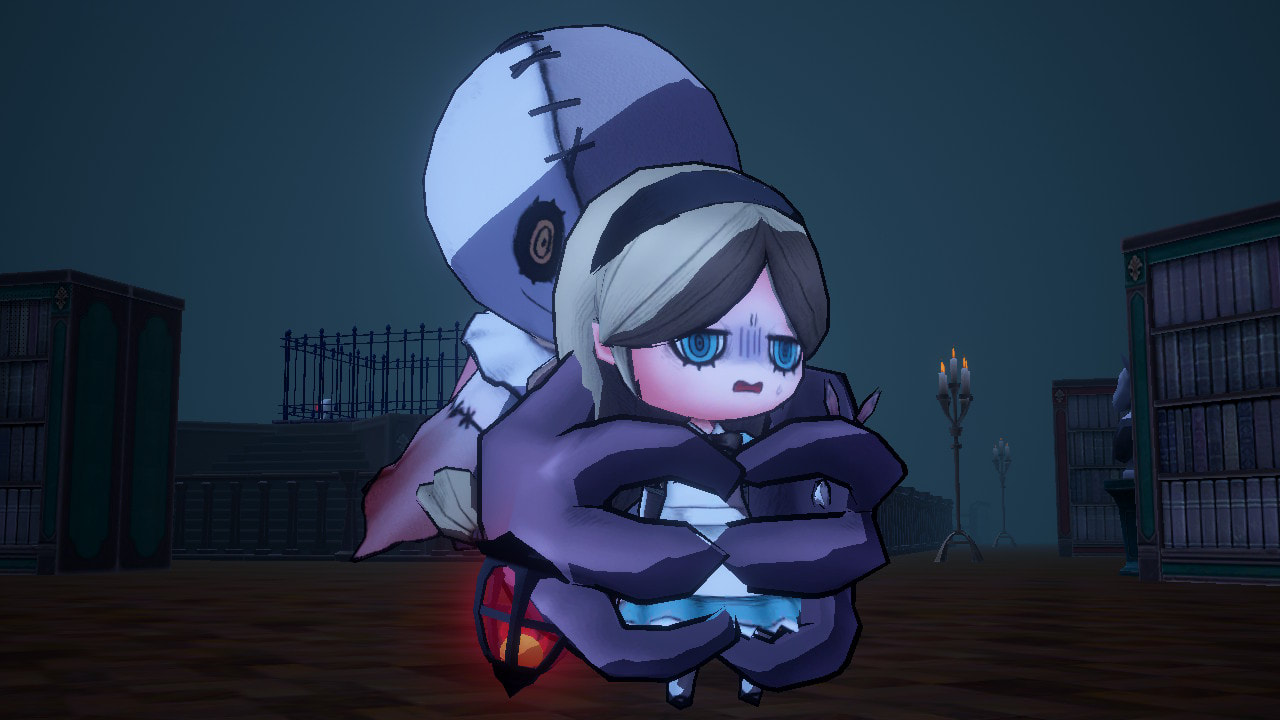

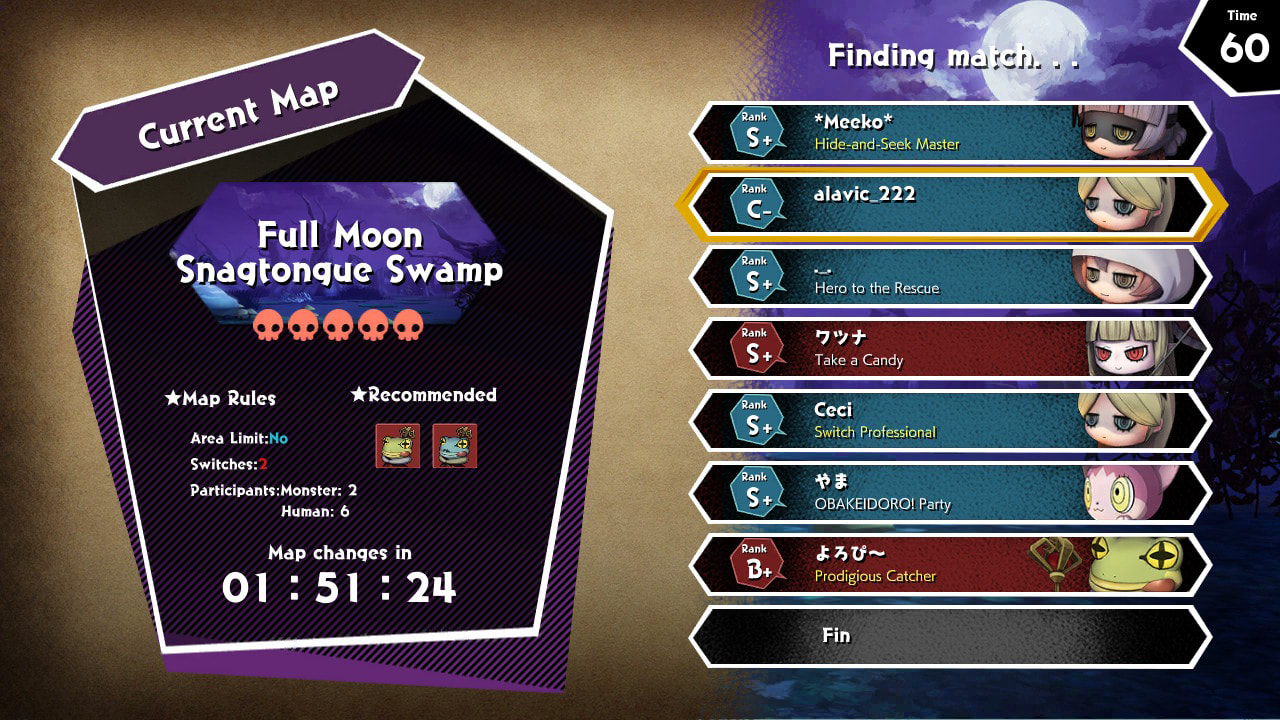
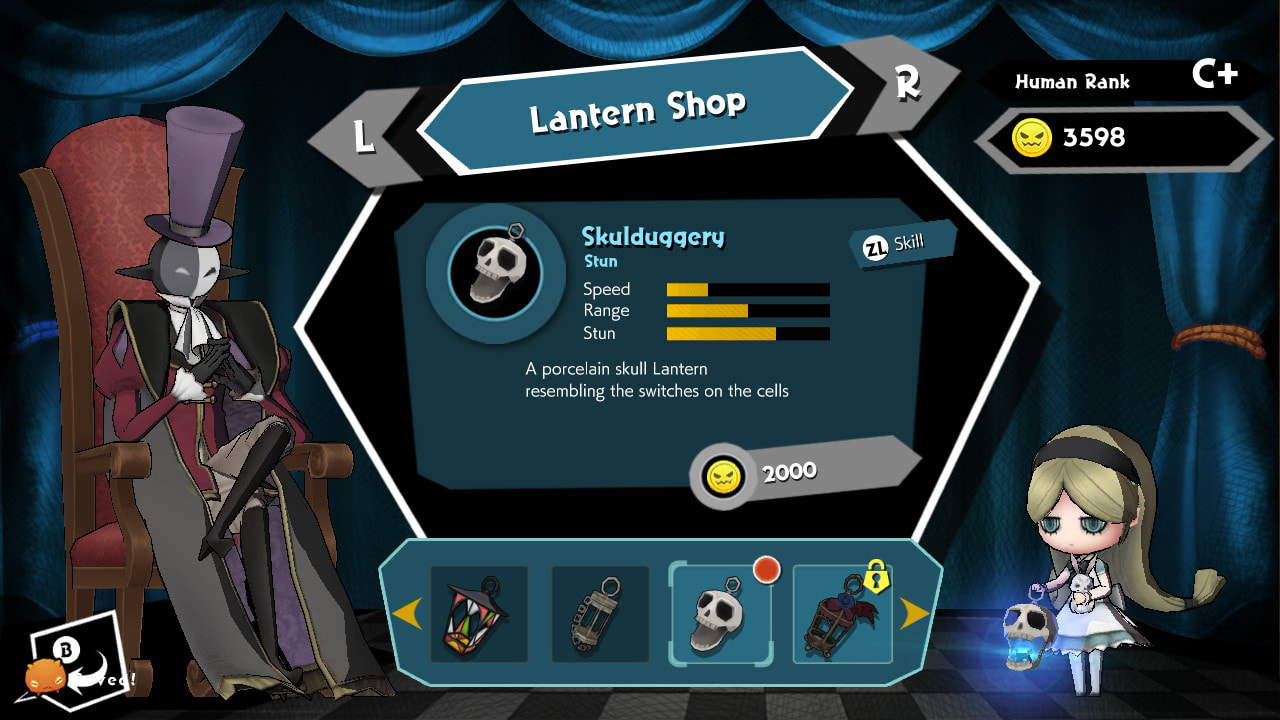
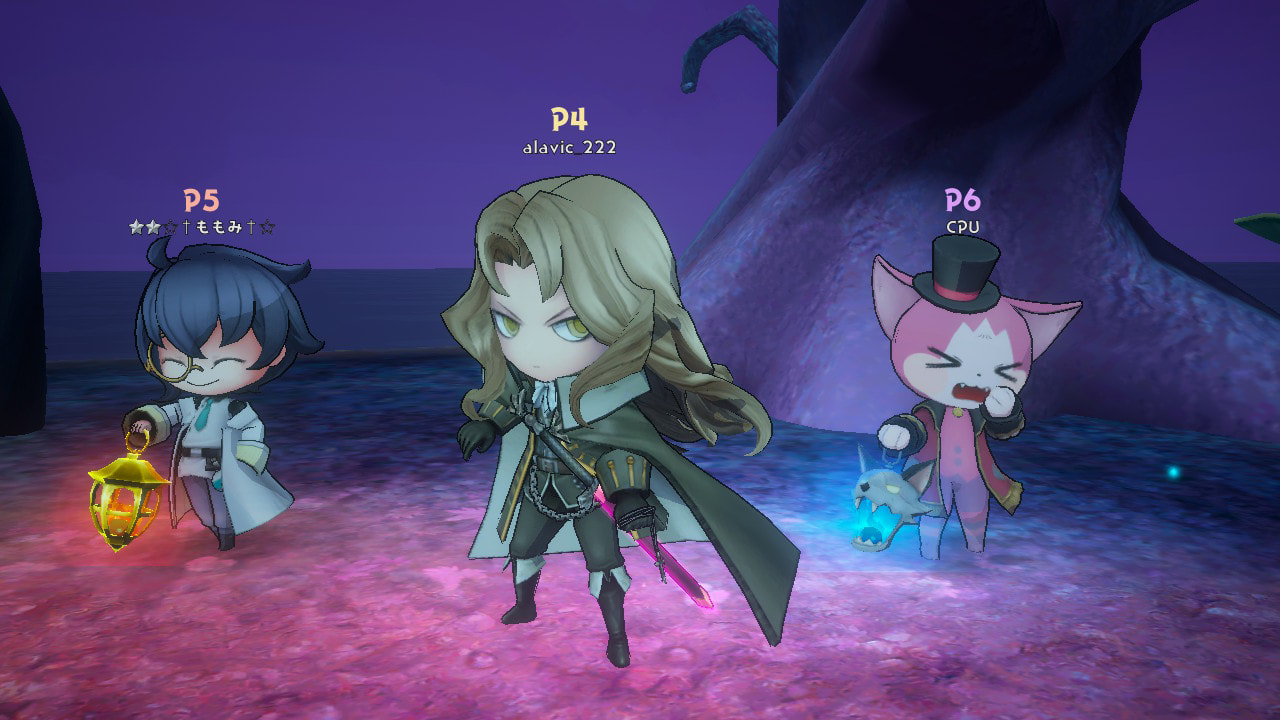
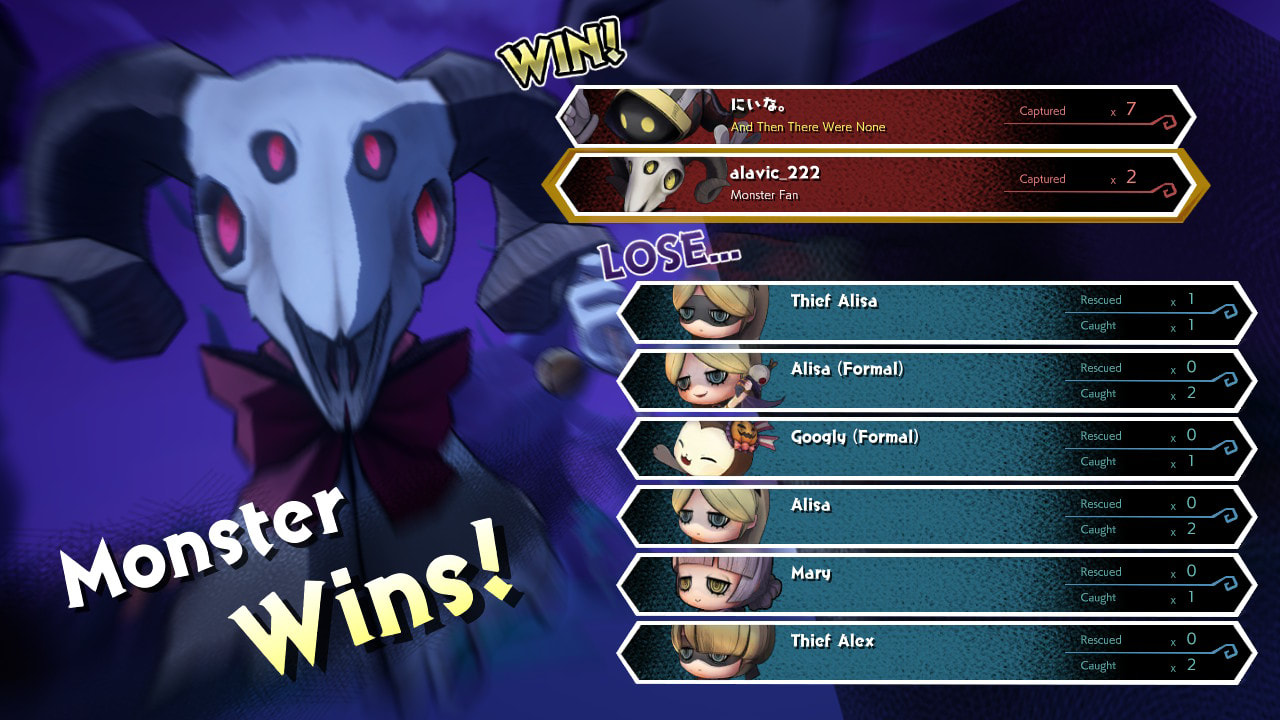
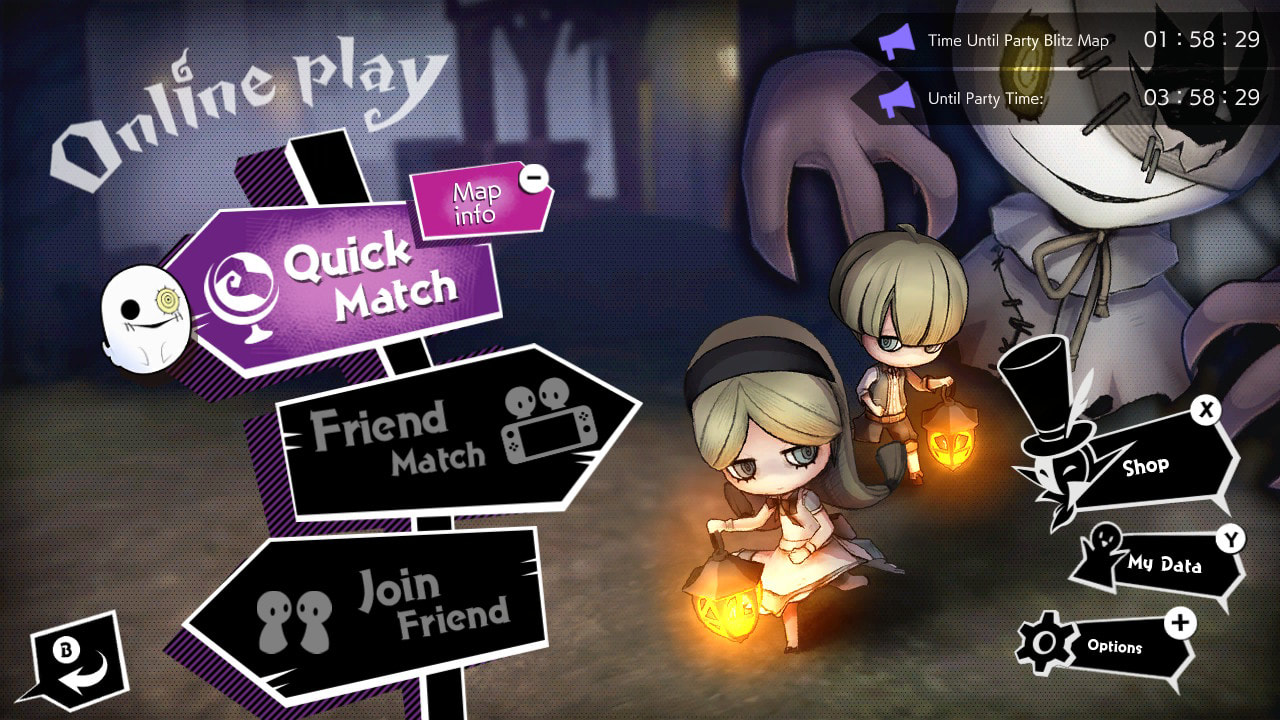

 RSS Feed
RSS Feed